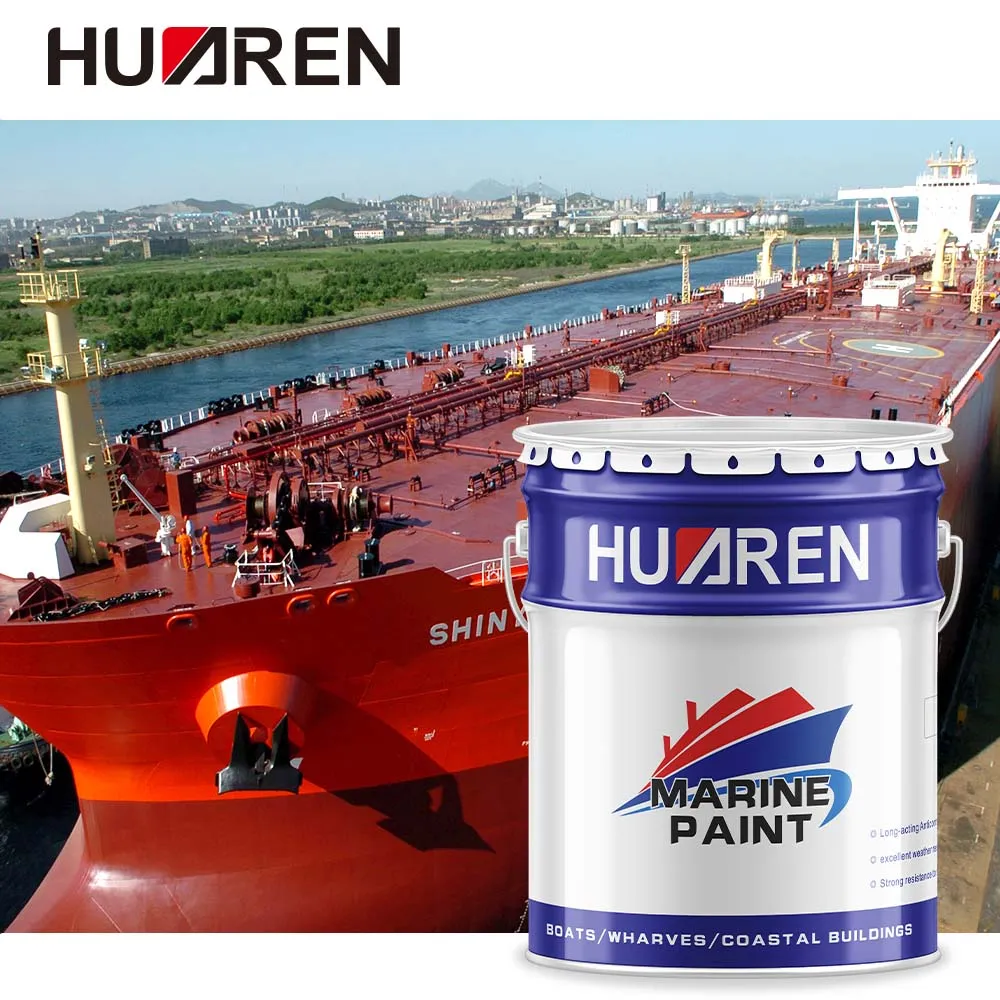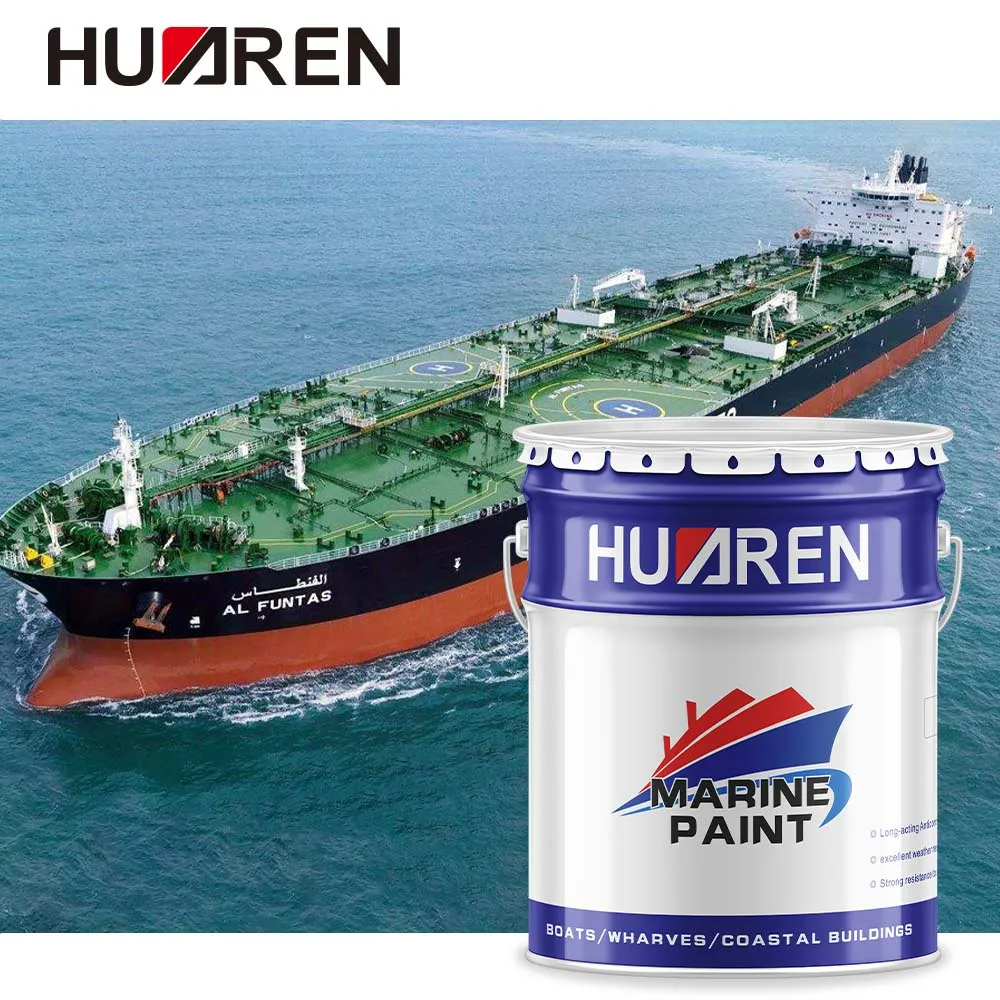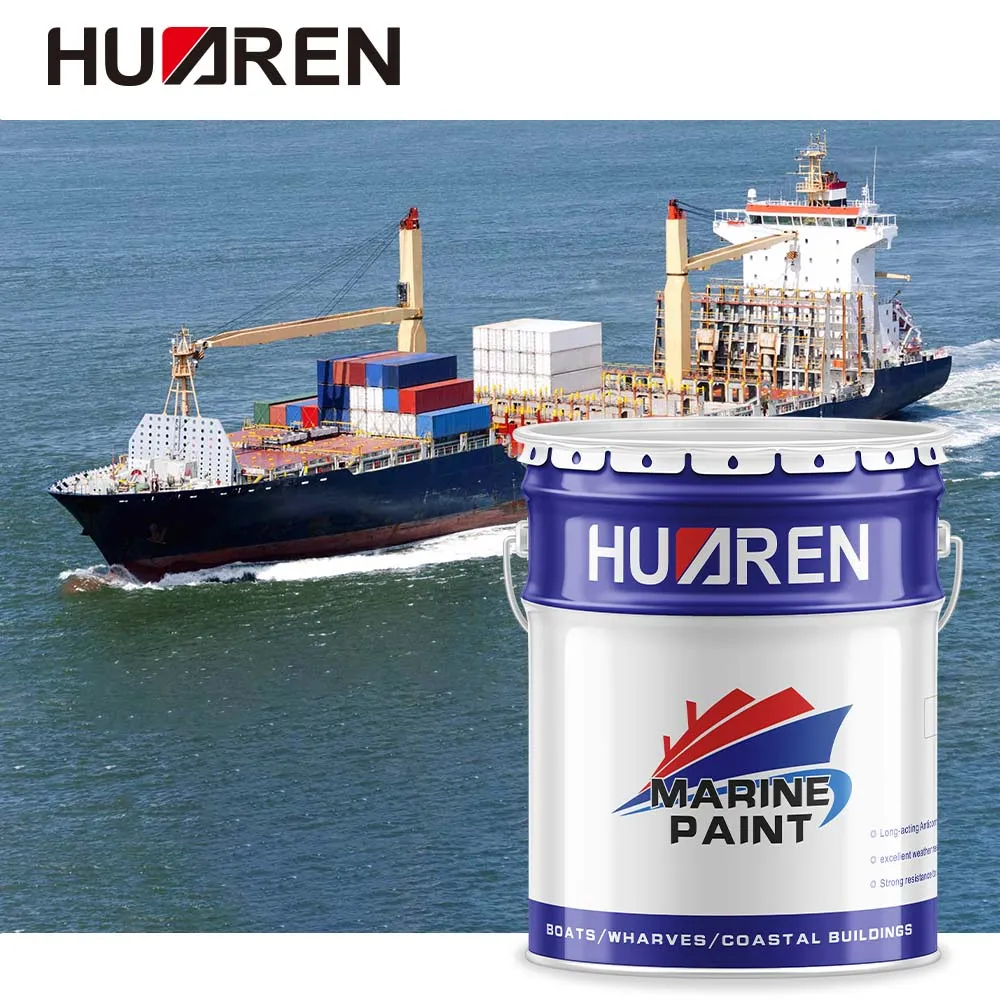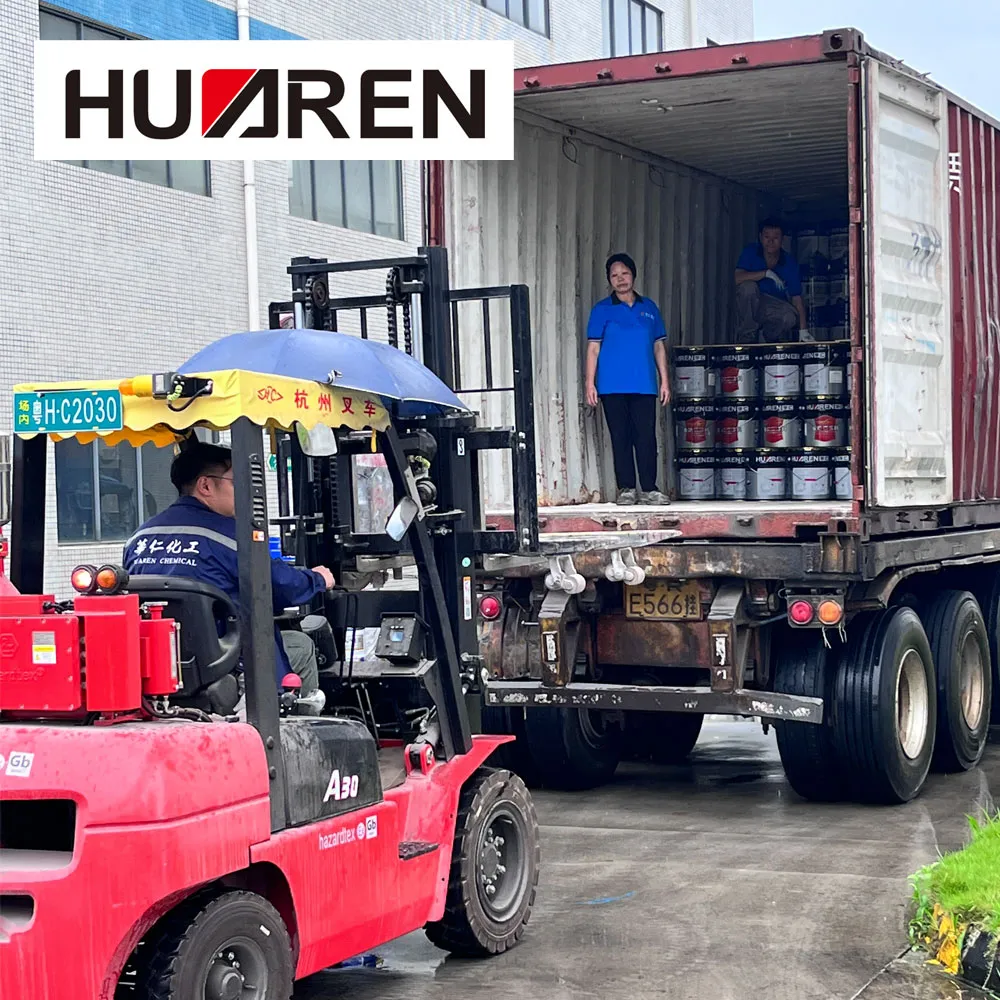During long-term voyages, ships often face the test of various harsh environments. The marine environment has a great impact on the structure and surface of ships, and the most obvious is the loss of the bottom of the hull. As the voyage distance increases, the salt, corrosive substances and biological attachment in the seawater will cause varying degrees of damage to the external coating of the hull.
In order to deal with this problem, antifouling marine coatings came into being. Its application not only helps ships maintain good navigation performance, but is also widely believed to reduce the maintenance frequency of ships to a certain extent.
So, can antifouling marine coatings really effectively reduce the frequency of ship maintenance? This article will conduct a detailed analysis from multiple aspects such as the functions of antifouling marine coatings, the maintenance needs of ships and the relationship between them.

What is the role of antifouling marine coatings?
Antifouling marine coatings are a type of coating designed specifically for ships. They mainly act on the bottom of ships, reduce the attachment of aquatic organisms, protect the hull from seawater corrosion, and reduce water resistance, thereby improving the fuel efficiency and sailing speed of ships. The functions of antifouling marine coatings can be explained from the following aspects:
● Preventing marine organisms from attaching: Algae, shellfish, marine microorganisms and other organisms in seawater will attach to the surface of the hull during the voyage of the ship, forming a layer of biofilm. The attachment of these organisms will not only increase the friction resistance of the ship and reduce the speed, but may also damage the surface of the hull and even cause corrosion. Antifouling marine coatings effectively prevent the attachment of these organisms by adding ingredients that inhibit the attachment of organisms (such as copper, zinc or other metal compounds) to the coating.
● Reducing hull corrosion: When a ship sails in seawater for a long time, the bottom of the ship is easily corroded by salt and chemicals in seawater, resulting in corrosion of the metal surface and even severe rust. Antifouling marine coatings usually have strong anti-corrosion function, which can isolate the direct contact between seawater and the hull, avoid the occurrence of corrosion reactions, and thus extend the service life of the hull.
● Reducing water resistance: The surface of the bottom coating is smooth and has the function of resisting biological attachment, which can reduce the friction resistance between the hull and seawater. The resistance of the hull is directly related to fuel consumption and speed. Antifouling marine coatings can improve the fuel efficiency of ships and reduce operating costs by reducing water resistance.
● Improve the appearance of ships: In addition to the above functions, antifouling marine coatings can also keep the surface of the hull clean and avoid pollution of the ship's appearance due to the adhesion of seawater, seaweed or other dirt. In particular, when ships need to be publicly displayed or received, the aesthetics of the bottom paint of the ship is also one of the factors that cannot be ignored.

What are the challenges of ship maintenance?
As an important means of transportation and transportation equipment, ships undertake a large amount of cargo transportation and long-term navigation tasks. Due to the special navigation environment of ships, the hull is often exposed to harsh environments such as seawater, wind and waves, and ultraviolet rays. Hull maintenance has become an important part of ensuring ship performance and safety.
The maintenance tasks of ships are mainly concentrated in the following aspects:
● Anti-corrosion maintenance: Salt, chemicals and microorganisms in seawater are the main factors causing hull corrosion. The steel structure, metal parts and other materials of ships are prone to oxidation corrosion in long-term seawater immersion. Therefore, ships need to be regularly maintained and repainted to maintain the durability and safety of the hull.
● Removal of attachments: Marine organisms such as seaweed and shellfish often attach to the bottom of the hull. These organisms not only increase the water resistance of the ship, but may also cause physical damage to the hull and even affect the stability of the hull. Removal of attached organisms and dirt is an important task in ship maintenance.
● Maintenance of bottom coatings: Aging and wear of bottom coatings are common problems in ship maintenance. As the time a ship spends in the water increases, the bottom paint will be affected by friction, corrosion and biological attachment, and the protective effect of the coating will gradually weaken. Therefore, the bottom coating needs to be regularly inspected and repainted.
● Energy saving and performance maintenance: Due to the wear of the bottom coating of the ship, the hull may be affected by increased water resistance, resulting in increased fuel consumption and affecting the speed. In order to maintain the performance of the ship, maintenance of the bottom coating is necessary.

Can antifouling marine coatings reduce the number of ship maintenance times?
Judging from the above challenges of ship maintenance, antifouling marine coatings can indeed reduce the maintenance frequency of ships to a certain extent, which is specifically reflected in the following aspects:
1. Reduce the frequency of biological adhesion
Antifouling marine coatings effectively prevent the adhesion of marine organisms, especially shellfish, seaweed and other organisms, through their special formula. The bottom of the hull without biological adhesion not only reduces water resistance, but also avoids the possibility of biological accumulation on the hull. The hull surface can therefore be kept cleaner, reducing the cleaning work after each voyage, thereby reducing the frequency of cleaning the bottom of the ship.
In addition, another advantage of reducing biological adhesion is that the bottom of the ship is not prone to local corrosion problems. This is because biological adhesion not only increases water resistance, but also accelerates the corrosion process of the hull through its metabolites, resulting in an increase in hull maintenance work.
2. Extend the service life of the bottom paint of the ship
Antifouling marine coatings can not only prevent biological adhesion, but also have strong anti-corrosion ability. Many antifouling marine coatings contain ingredients such as zinc, copper, and lead, which can effectively prevent corrosive substances in seawater from corroding the metal surface, thereby extending the service life of the bottom paint of the ship. Coatings with strong anti-corrosion properties enable ships to maintain good protection for a longer period of time, reducing the need for frequent re-coating of coatings.
3. Reduce the frequency of cleaning the bottom of the ship
Due to the anti-biological adhesion function of antifouling marine coatings, the frequency of cleaning the bottom of the ship is effectively controlled. On ships using antifouling marine coatings, the bottom of the ship hardly needs to be frequently cleaned and seaweed, shellfish and other organisms are removed. Even if the ship stays in the water for a long time, the bottom of the ship can still remain in a relatively smooth state, reducing the workload of manual cleaning and painting after stopping.
4. Improve ship performance and reduce maintenance costs
Antifouling marine coatings can effectively reduce the accumulation of dirt on the bottom of the hull, reduce water resistance, and maintain the best sailing condition of the ship. This not only reduces fuel consumption caused by increased water resistance, but also avoids performance degradation caused by hull corrosion and coating aging. In long-term use, the fuel consumption and maintenance costs of the ship are effectively controlled, thereby reducing the overall maintenance times of the ship.

Limitations and precautions of antifouling coatings
Although antifouling marine coatings have significant advantages, they are not perfect and still have some limitations and precautions.
● Environmental adaptability issues: Different types of antifouling marine coatings are suitable for different water environments. For example, some antifouling marine coatings may be more suitable for use in seawater environments with higher salinity, while their effectiveness may be reduced in freshwater environments. Therefore, the selection of appropriate antifouling marine coatings needs to be judged based on the specific sailing environment and water conditions.
● Durability of coatings: Although antifouling marine coatings can effectively reduce the frequency of maintenance, their own durability will also weaken over time. For ships that sail frequently or use intensively, antifouling marine coatings still need to be maintained and replaced regularly to ensure their continued effectiveness.
● Cost issues of antifouling marine coatings: The initial cost of antifouling marine coatings is relatively high, especially high-performance antifouling marine coatings. Although it can reduce long-term maintenance costs, the initial investment may increase the cost of the ship owner. Therefore, ship operators need to weigh the choice of whether to use antifouling marine coatings based on their operating budget.
Why should I consider Huaren Chemical for my next purchase of industrial coatings?
Choosing Huaren Chemical Industry Co., Ltd. means you’re selecting a supplier with a proven track record of quality and reliability. Our wide range of industrial coatings is designed for optimal performance in harsh environments. We offer competitive prices, customized products, and efficient customer service. Whether you need corrosion-resistant coatings or specialty paints, we are your go-to supplier.

